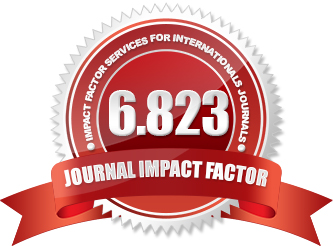Analysis of Oil Extraction Methods from Flax Seeds
DOI:
https://doi.org/10.51699/pjcle.v3i4.707Keywords:
linseed, pressing, electric impulse field, oil qualityAbstract
Flax was grown as an industrial crop in ancient times (about 9,000 years ago in India, 6,000-7,000 years ago in Southern Mesopotamia, 5,000 years ago in Babylon, Egypt) for the production of textiles, as well as food and vegetable raw materials. Culture was brought to Europe from Egypt. Currently, flax is planted on more than 5 million hectares of cultivated land, and ¾ of the world's reserves are oil varieties.At present, the most common methods to extract flaxseed oil are mechanical pressing and solvent extraction. Fresh unrefined oil from pressing flaxseed has a nutty flavor and the color varying from yellow to orange. Flaxseed used for the extraction of oil has various health benefits as the risks of various chronic diseases are reduced. Flaxseed oil has gained a great importance because of its edible oil, which is considered to contain fantastic source of omega-3 fatty acid Alpha Linolenic Acid, proteins, lignans, minerals, vitamins etc. Because of its omega-3 fatty acid content it is used to reduce the risk of various heart diseases. Three-phase partitioning is an efficient bio separation method used for oil extraction from flaxseeds. In this process three phases are formed [1,2]. These phases are organic phase, intermediate and aqueous phase.





